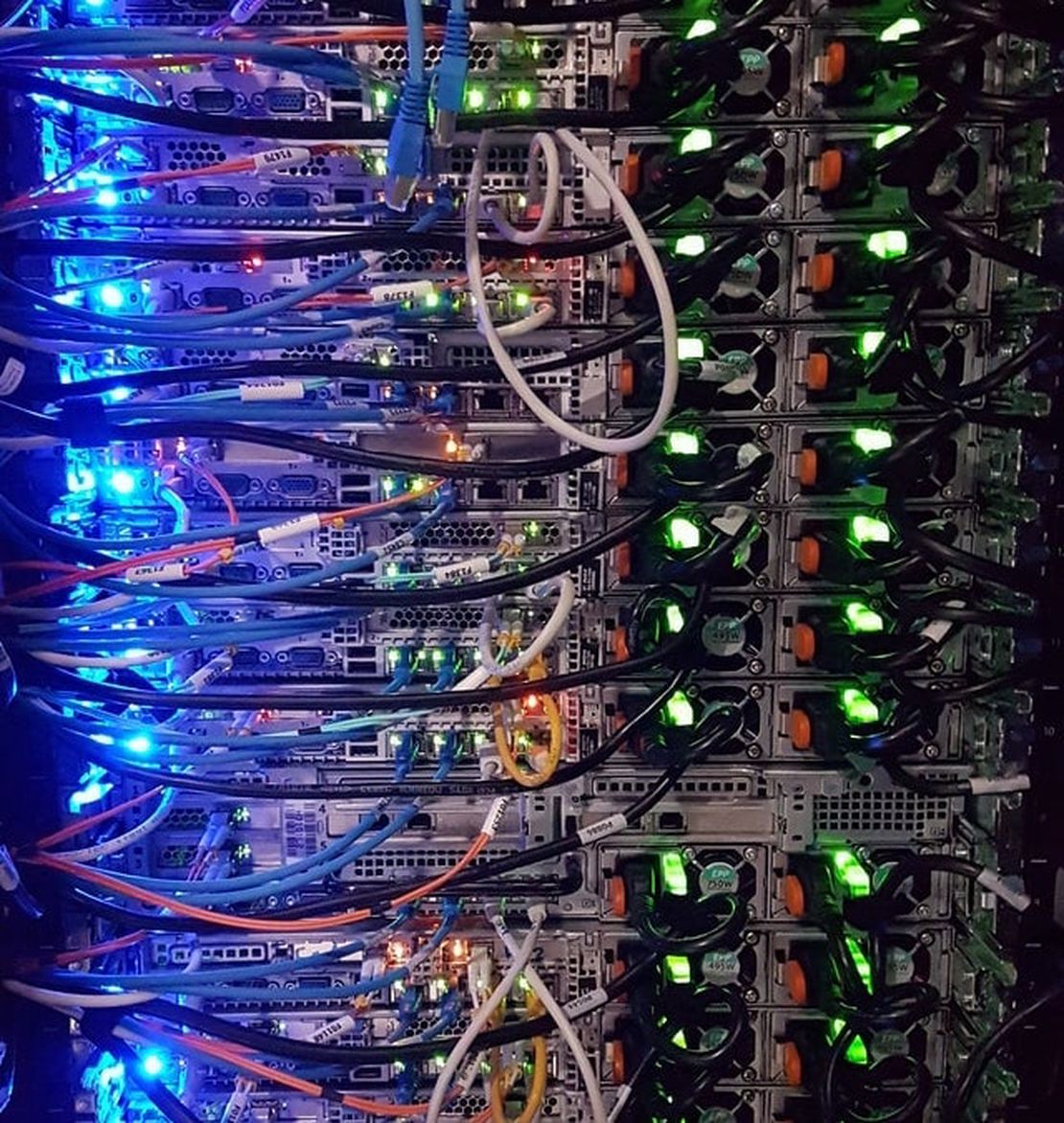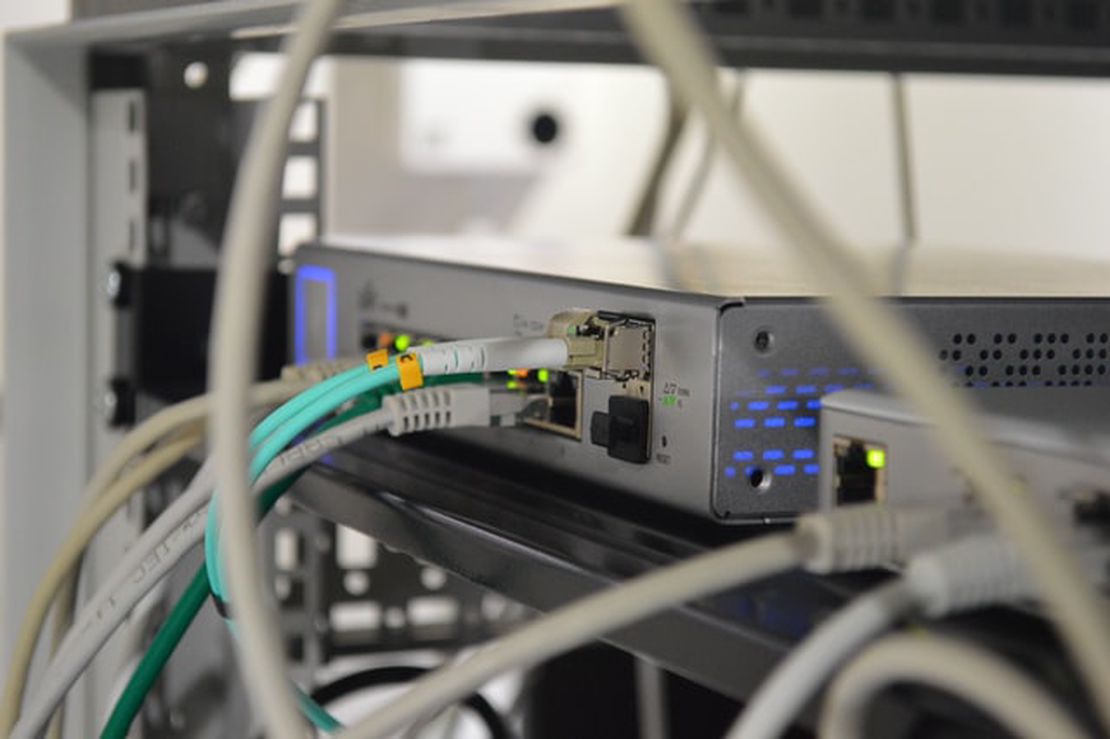
Dnsmasq and CVE-2017-1449*: A Reality Check and Remediation Practices
- Federico Maggi
- Cve , Security
- October 7, 2017
Many vulnerabilities in one shot, yet several pre-conditions for a target to be actually exploitable. Here’s simple flowchart to check whether your Dnsmasq deployments are vulnerable.
Dnsmasq is the de-facto tool to implement DNS and DHCP services in small servers and embedded devices. Being Dnsmasq user, when Google Security researchers disclosed the CVE-2017-14491 to 14496 series, I quickly checked whether my installation was vulnerable.
Turned out that, despite I found a vast amount of devices running a vulnerable version of Dnsmasq, the chain of pre-conditions for these vulnerabilities to be exploitable are not super trivial. So I decided to write them down in a flowchart.
You can read the full blog post here!

